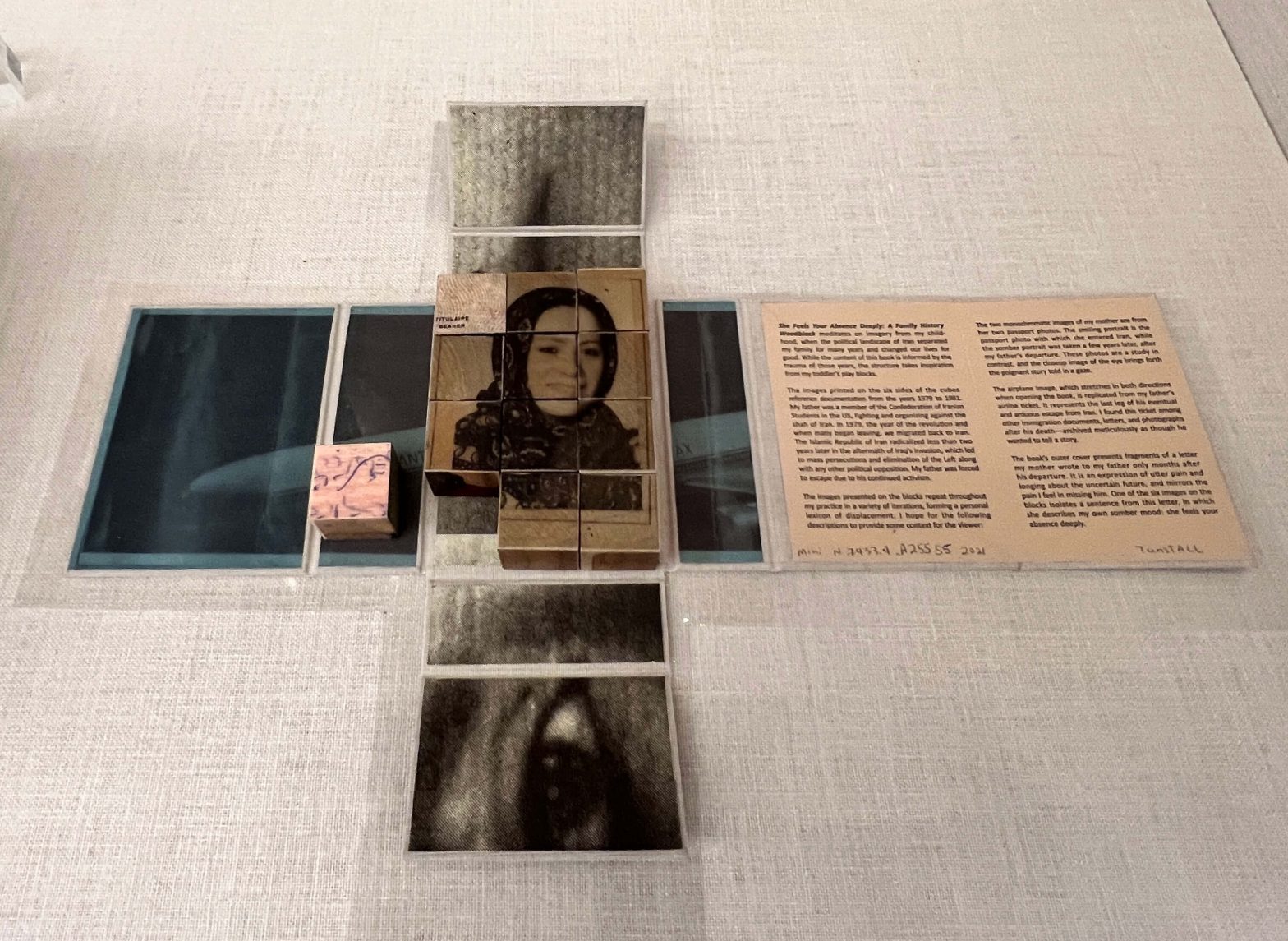Commonplace books, private scrapbooks, and zines are presented alongside traditionally published works at “Women Making Books,” an exhibition currently on display at the UVA’s Albert and Shirley Small Special Collections Library. The show forces viewers to let go of their preconceived notions of what a book is, so they consider the idea of authorship and explore the ways in which women have been involved in North American and English bookmaking from the mid-18th to 21st centuries.
“The [exhibition] is thinking about women writing books, but writing in scare quotes,” says curator Annyston Pennington. “What does it mean to be a writer? What does writing look like? And what are the different ways that women have actually participated in and also intervened in print culture?”
Read between the lines of the exhibition’s 23 pieces, and you might begin to uncover the answers.
The exhibition, arranged chronologically, opens with a familiar frontispiece illustration of Phillis Wheatley, found at the beginning of her 1773 work, Poems on Various Subjects, Religious and Moral. Though the publication of the book made Wheatley the first published African American author of poetry, her control over the design of the book itself was limited. Wheatley was enslaved by a Boston family, and her enslaver’s words forward her own. What would it have looked like if Wheatley had been able to call all the shots regarding the design of her book?
Questions of agency and intent arise at all the installations, which include works by other well-known authors like Virginia Woolf and Louisa May Alcott, as well as pieces from unknown women who likely would not have even considered themselves writers.
One such piece is a commonplace book from 1782, belonging to an unidentified woman who filled the blank pages with quotations, translated Latin, and bits of writing from contemporary authors, much like the way we use modern-day Tumblr blogs or Pinterest boards.
Another installation includes a poetry book, in which a grieving mother found solace following the death of her son. Her annotations in the margins of the page could be considered defacement, but by including her in “Women Making Books” she is presented as an author. Whether she meant to or not, her words have altered our perception and reading of the book, making it impossible to detangle the two writings found within.
“Women Making Books” concludes with “She Feels Your Absence Deeply: A Family History Woodblock” by artist and UVA alum Golnar Adili. Text is written on multiple wooden blocks, which can be arranged to show different images. It turns the traditional book model on its head, and refashions it into something new.
Together, the works offer an intimate look inside the minds of various talented women and what they deemed important enough to write down, in a collection that serves to memorialize a feminine bond of creativity when creating, deconstructing, and reimagining books.
